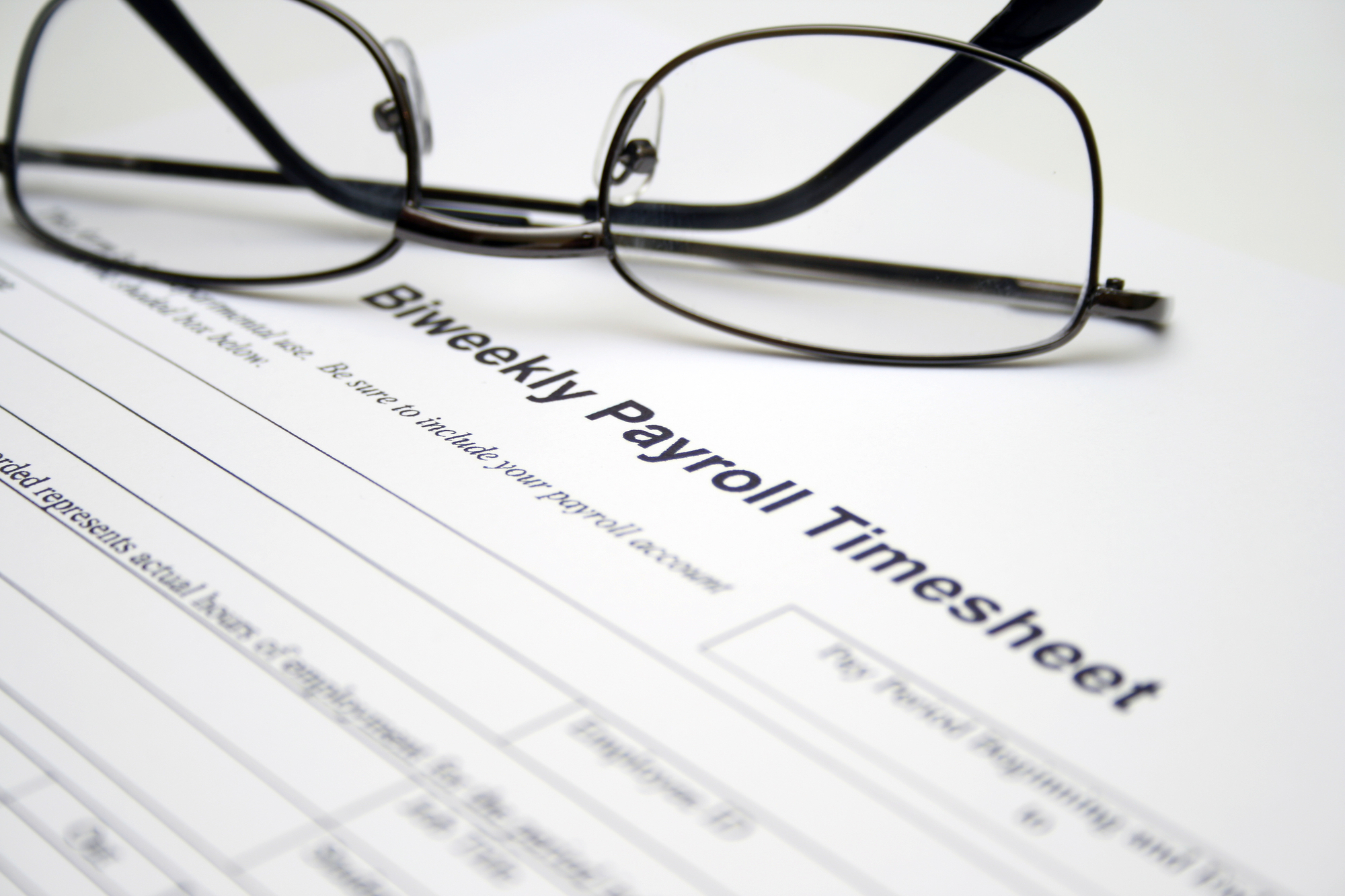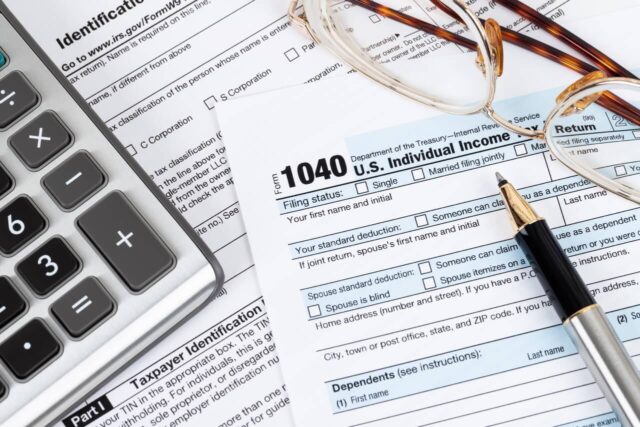
2023 Payroll Solutions: Pay Periods for Bi-Weekly and Semi-Monthly Workers
Pay periods can be weekly, bi-weekly, semi-monthly, or monthly. The specific pay cycle selected by the employer will depend on the payroll provider being used, and the payroll schedule available and chosen by the employer. Understanding pay periods is important for effective financial planning because it helps individuals manage their income and expenses more efficiently. By knowing when and how much they will be paid, individuals can create budgets, pay bills on time, save for future goals, and make informed financial decisions. It allows for better organization of finances and helps avoid financial hardships by ensuring that there is enough money to cover expenses throughout the pay period.
Difference Between Semi-monthly and Bi-weekly Pay
While we’ve talked about it in a previous article, we’ll touch base here again on the key differences. Semi-monthly pay refers to a pay schedule where employees are paid twice a month, typically on specific dates such as the 15th and the last day of the month. Bi-weekly pay, on the other hand, means employees are paid every two weeks, usually on the same day of the week, such as every other Friday.
The benefit of semi-monthly pay is that it provides a predictable payment schedule, making it easier to plan and budget for monthly expenses. Employees can expect consistent paychecks on set dates, which can help with financial stability. However, one potential disadvantage is that the number of workdays in each pay period may vary, resulting in slightly different amounts received in each paycheck. Finally, another thing to keep in mind is if the 1st or the 15th falls on a weekend or holiday, paychecks can be delayed to the next business day.
Bi-weekly pay, on the other hand, offers the advantage of more frequent paychecks. This can be beneficial for individuals who need a regular influx of funds and prefer a shorter pay cycle. It can also align well with certain monthly expenses, such as rent or mortgage payments. However, a potential drawback is that there are 26 pay periods in a year, meaning each paycheck may be slightly smaller compared to semi-monthly pay, which has only 24 pay periods.
Semi-monthly vs Bi-Weekly Pay Calendars for 2023.
To help you with knowing which date corresponds to your pay cycle, here’s a quick table showing the pay dates when paid Semi-monthly:
| 2023 Pay Period | Pay Date 1 | Pay Date 2 |
| January | January 15 | January 31 |
| February | February 15 | February 28 |
| March | March 15 | March 31 |
| April | April 14 | April 30 |
| May | May 15 | May 31 |
| June | June 15 | June 30 |
| July | July 14 | July 31 |
| August | August 15 | August 31 |
| September | September 15 | September 30 |
| October | October 16 | October 31 |
| November | November 15 | November 30 |
| December | December 15 | December 31 |
* These dates are meant to be a directional guide. Pay dates may vary by employer, make sure to check with your provider for an accurate calendar.
If you’re paid bi-weekly, some months you will see 3 pay checks, while the others will only have two. Here are the specific dates for bi-weekly pay if the pay calendar starts on a Sunday and ends on a Saturday, with a pay date on Fridays:
| Pay Periods | 2023 Pay Month | 2023 Pay Date |
| 12/18/22 to 12/31/22 | January | January 6 |
| 01/01/22 to 01/14/23 | January | January 20 |
| 01/15/23 to 01/28/23 | February | February 3 |
| 01/29/23 to 02/11/23 | February | February 17 |
| 02/12/23 to 02/25/23 | March | March 3 |
| 02/26/23 to 03/11/23 | March | March 17 |
| 03/12/23 to 03/25/23 | March | March 31 |
| 03/26/23 to 04/08/23 | April | April 14 |
| 04/09/23 to 04/22/23 | April | April 28 |
| 04/23/23 to 05/06/23 | May | May 12 |
| 05/07/23 to 05/20/23 | May | May 26 |
| 05/21/23 to 06/03/23 | June | June 9 |
| 06/04/23 to 06/17/23 | June | June 23 |
| 06/18/23 to 07/01/23 | July | July 7 |
| 07/02/23 to 07/15/23 | July | July 21 |
| 07/16/23 to 07/29/23 | August | August 4 |
| 07/30/23 to 08/12/23 | August | August 18 |
| 08/13/23 to 08/26/23 | September | September 1 |
| 08/27/23 to 09/09/23 | September | September 15 |
| 09/10/23 to 09/23/23 | September | September 29 |
| 09/24/23 to 10/07/23 | October | October 13 |
| 10/08/23 to 10/21/23 | October | October 27 |
| 10/22/23 to 11/04/23 | November | November 10 |
| 11/05/23 to 11/18/23 | November | November 24 |
| 11/19/23 to 12/02/23 | December | December 8 |
| 12/03/23 to 12/16/23 | December | December 22 |
These dates are meant to be a directional guide. Pay dates may vary by employer, make sure to check with your provider for an accurate calendar.
In Conclusion:
Employers choose between bi-weekly and semi-monthly pay periods based on various factors, including administrative convenience and employee preferences. It’s important to know what your employer’s pay schedule is so that you can budget efficiently. We have a lot of resources to help you improve your financial wellness, head over to our blog for more!





